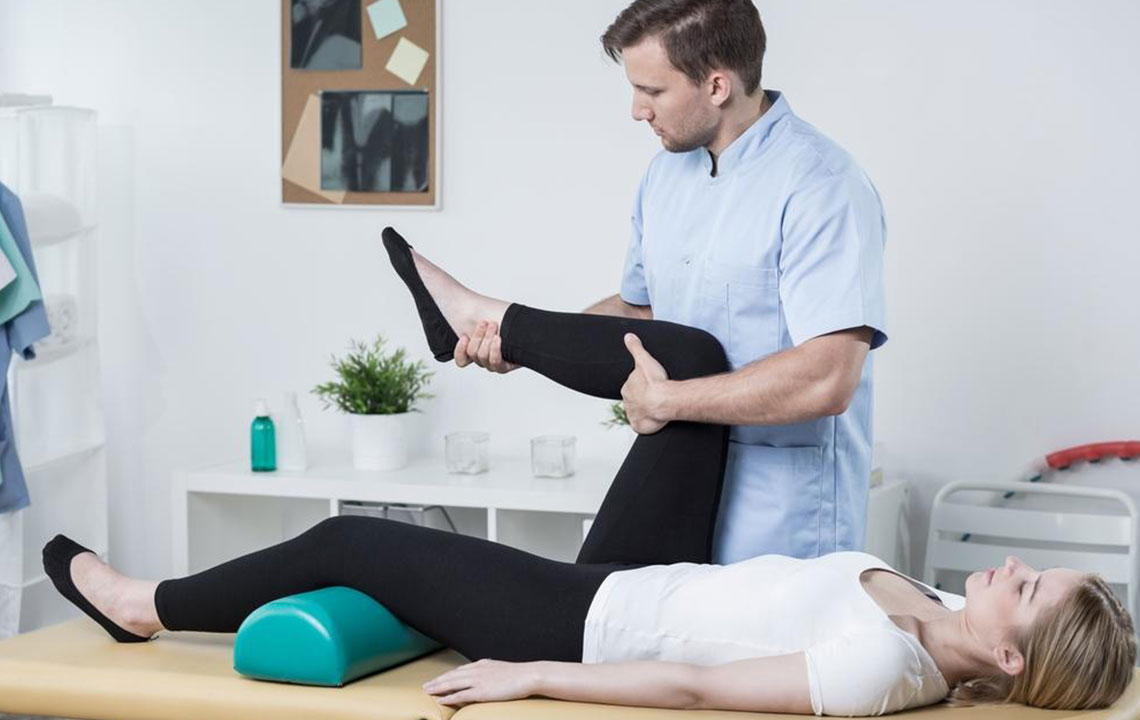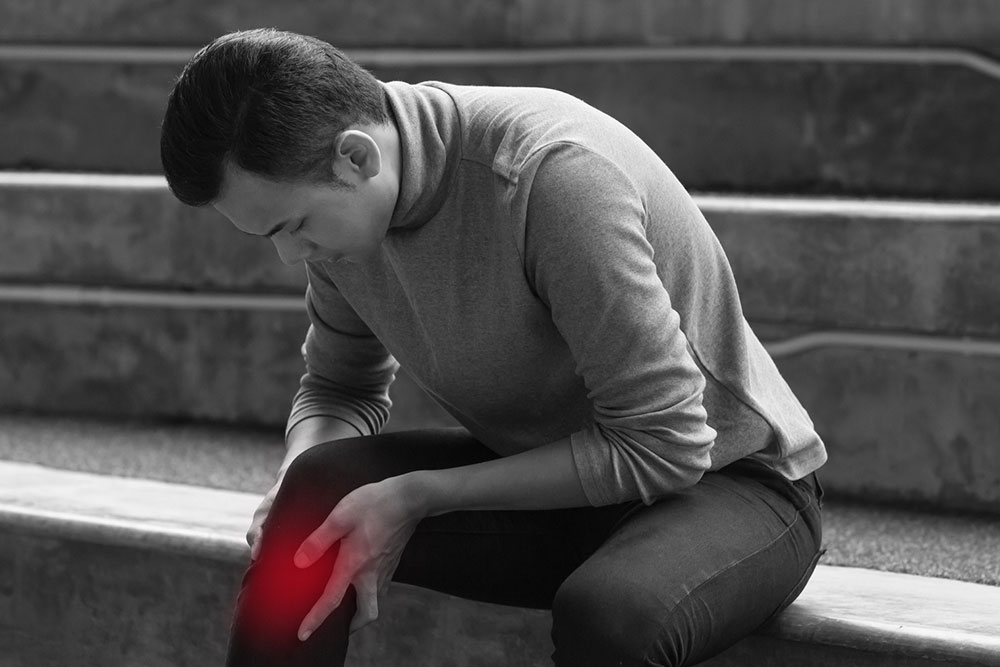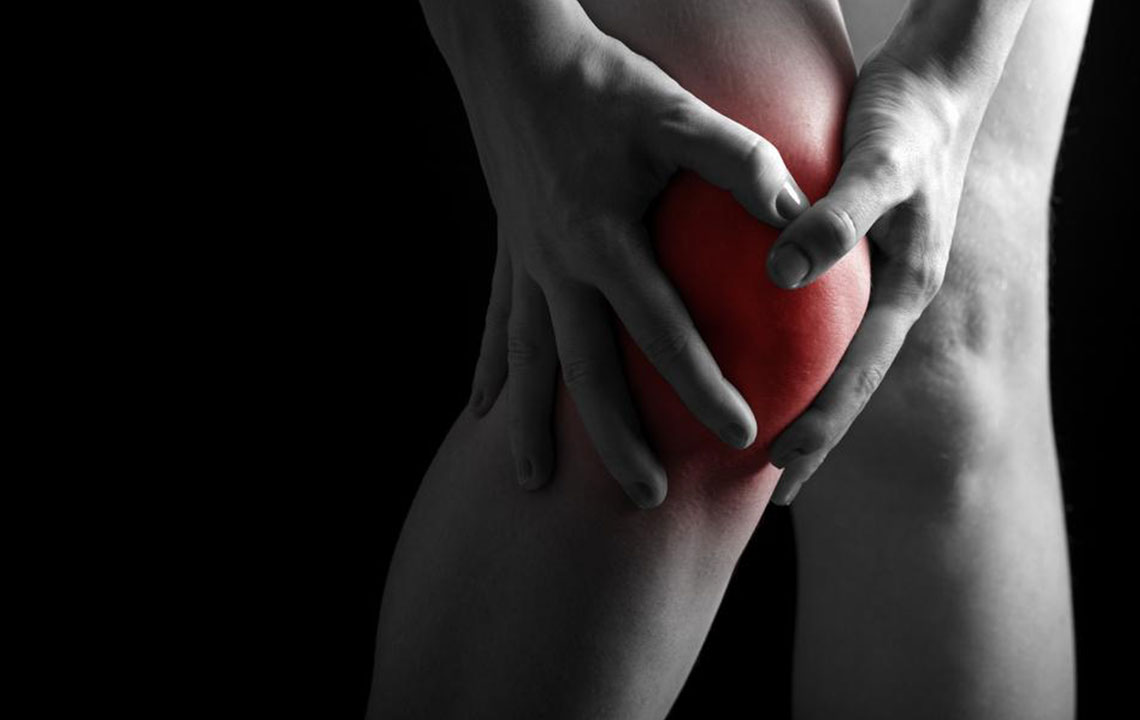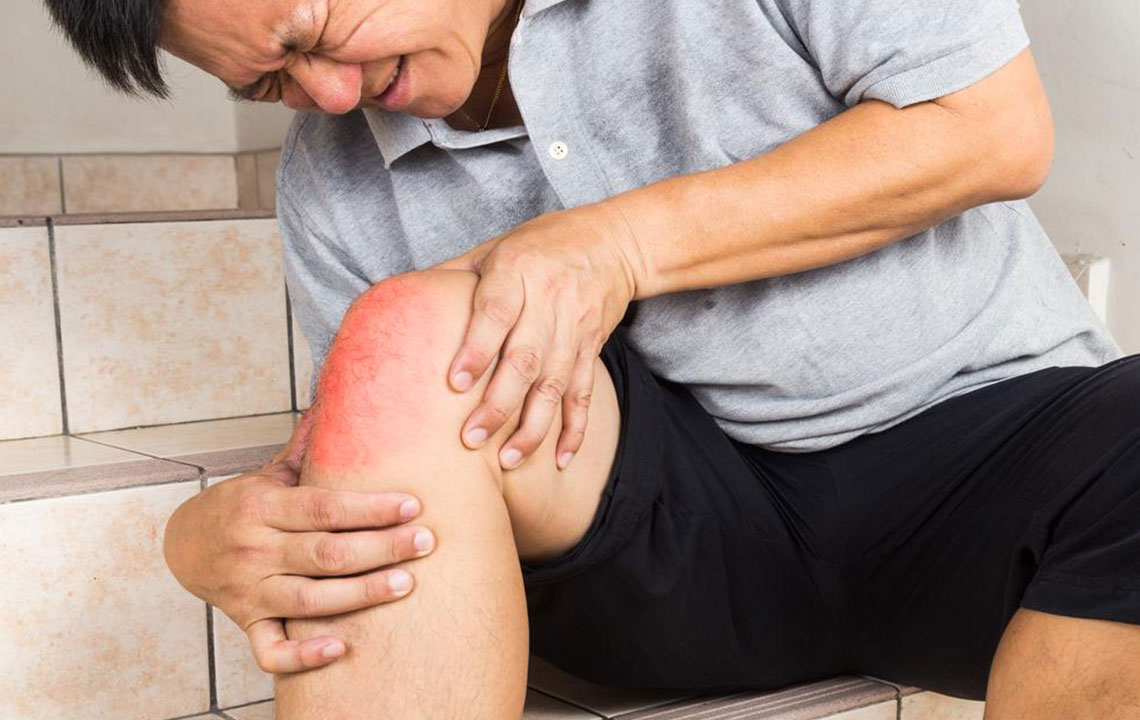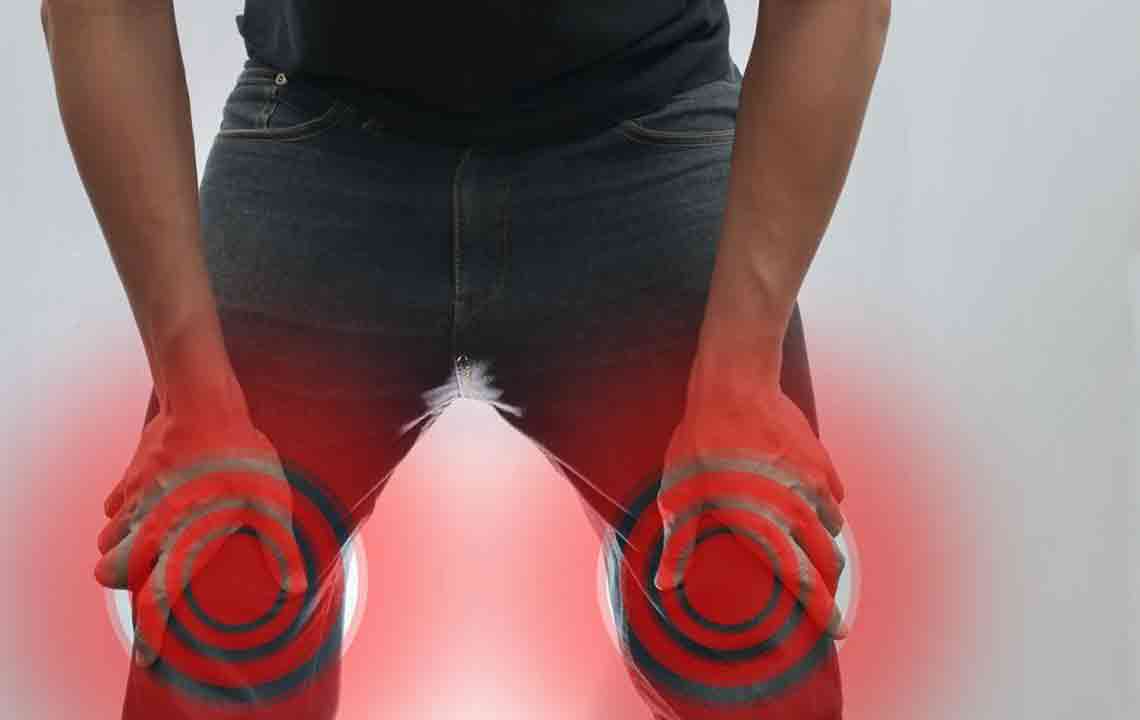Comprehensive Guide to Common Causes of Middle Back Pain and How to Address Them
Discover comprehensive insights into the common causes of middle back pain, including arthritis, fractures, herniated discs, kidney issues, and lifestyle factors. Learn how to identify symptoms and seek appropriate treatment for lasting relief and improved spinal health.
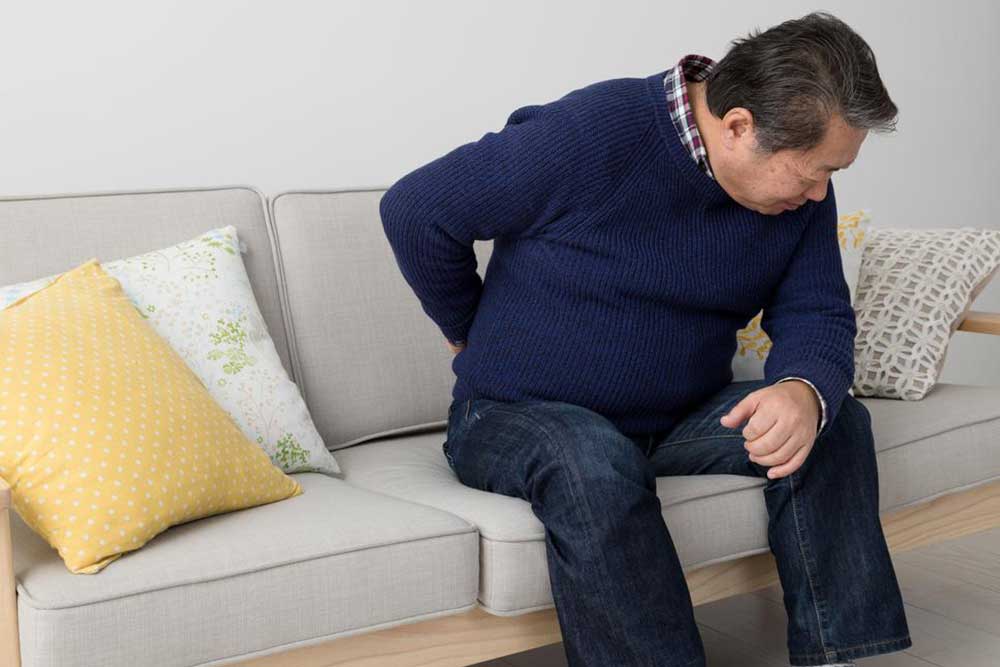
An In-Depth Look at the Main Causes of Middle Back Discomfort
The mid-back region, also known as the thoracic spine, is a complex part of the human skeletal system, comprising multiple vertebrae, ligaments, muscles, and 12 intervertebral discs. This area plays a vital role in supporting the upper body, enabling rotation, and protecting vital organs. When any of these structures incur injury, strain, or degenerative changes, it can result in discomfort and pain that can significantly affect daily life. Understanding the common causes of middle back pain is essential for proper diagnosis and effective treatment.
Arthritis
Arthritis is a prevalent condition that impacts many individuals as they age. Specifically, conditions such as ankylosing spondylitis, a form of inflammatory arthritis primarily affecting the spine, are significant contributors to middle back pain. Symptoms often include persistent pain, stiffness, and reduced flexibility, which can worsen over time if untreated. In advanced stages, arthritis may cause the fusion of spinal vertebrae, leading to decreased mobility and altered posture. Managing arthritis involves a combination of medications, physical therapy, and lifestyle adjustments to maintain joint health and reduce discomfort.
Vertebral Fractures
Fractures of the vertebrae represent a common and potentially serious cause of mid-back pain. These fractures often result from traumatic incidents such as falls, car accidents, sports injuries, or osteoporosis, which weakens bone density and increases fracture risk in older adults. Symptoms include sudden onset of severe pain, swelling, and limited mobility. Prompt diagnosis often requires imaging studies like X-rays or MRI scans, and treatment ranges from conservative management with rest and pain relief to surgical interventions in severe cases.
Herniated Discs
Intervertebral discs act as cushioning pads between vertebrae, facilitating motion and absorbing shocks. When these discs rupture or slip—a condition known as herniation—they can press on nerves emerging from the spinal cord, resulting in localized pain or radiating symptoms such as tingling, numbness, or weakness in the back and limbs. Disc herniation often occurs due to age-related degeneration, improper lifting techniques, or repetitive strain. Treatment options include physical therapy, medications, and, in some cases, surgical procedures to relieve nerve pressure.
Kidney-Related Issues
The kidneys are located in the retroperitoneal space just beneath the ribs on each side of the spine. Kidney problems, including infections (pyelonephritis), kidney stones, or cysts, can manifest as mid-back pain, sometimes accompanied by other symptoms such as fever, chills, nausea, vomiting, or difficulties during urination. Proper diagnosis involves urine tests, blood work, and imaging techniques like ultrasound or CT scans. Managing kidney-related back pain requires addressing the underlying condition, which may involve antibiotics, hydration, or surgical intervention for stones.
Lifestyle Factors
Our daily habits greatly influence spinal health. A sedentary lifestyle lacking regular exercise weakens core and back muscles, increasing vulnerability to pain. Conversely, overexertion without proper technique during activities such as lifting, bending, or twisting can cause strain and micro-injuries. Maintaining good posture, engaging in strengthening exercises, and practicing correct lifting techniques are vital proactive measures to prevent mid-back discomfort.
Aging and Degenerative Changes
While age-related factors like cartilage wear, decreased bone density, and reduced spinal fluid lubrication commonly cause back pain, mid-back issues can arise at any age. Young adults may experience pain due to muscle strains or minor injuries, while older adults face additional risks from osteoporosis and degenerative disc disease. Regular preventive care, including proper ergonomics and physical activity, can help mitigate these age-related risks and manage ongoing discomfort.
If you notice persistent or worsening mid-back pain, it is critical to consult healthcare professionals promptly for accurate diagnosis and tailored treatment plans. Ignoring symptoms can lead to chronic issues or worsen existing conditions, affecting your overall quality of life and mobility.
